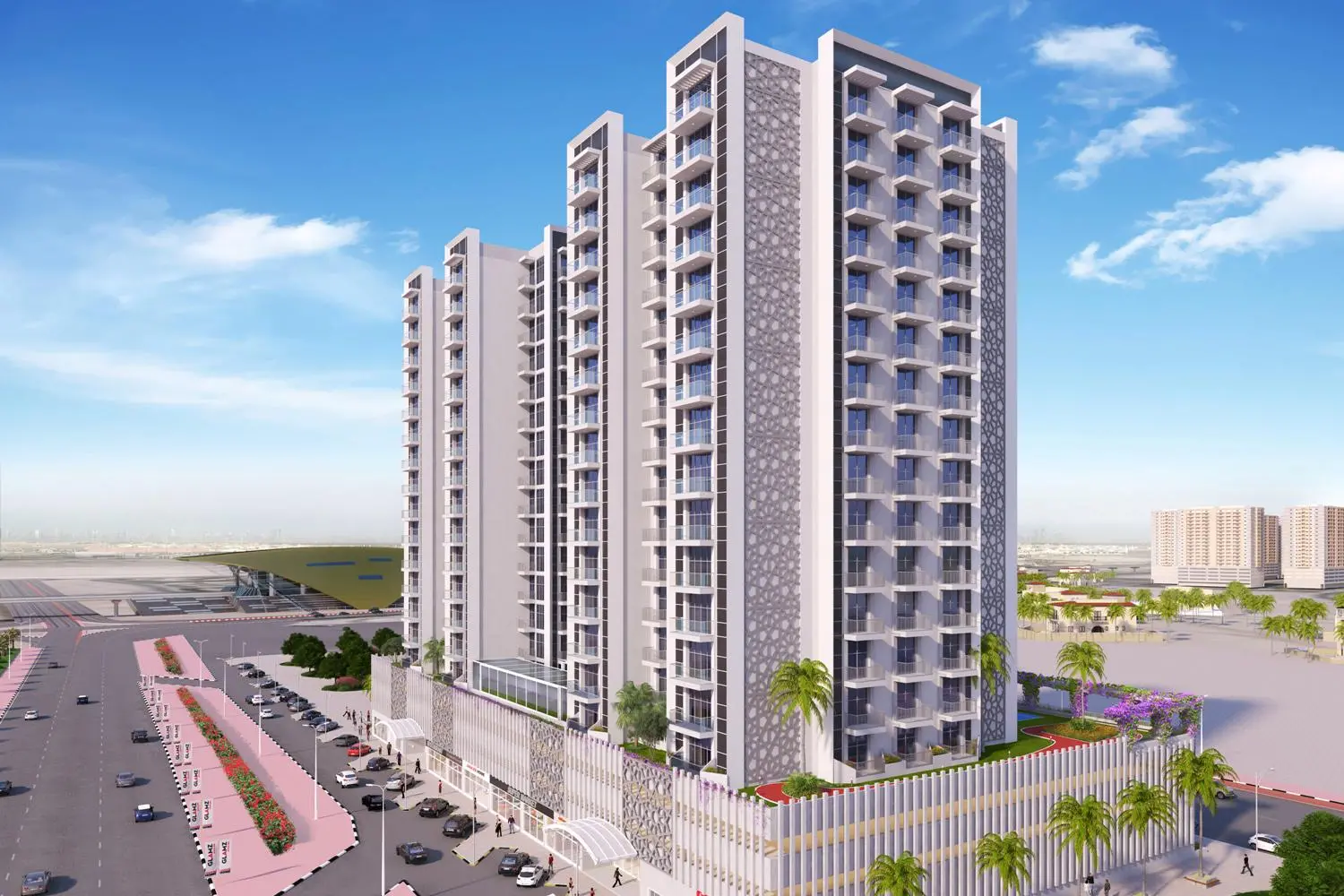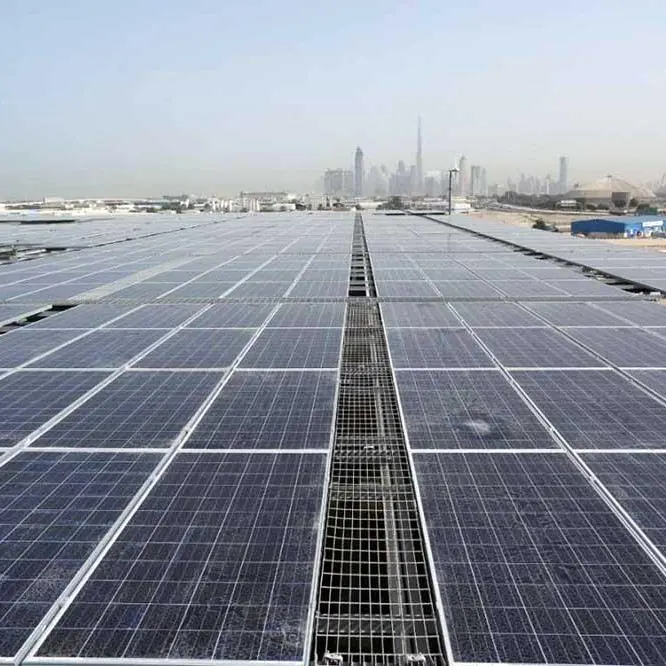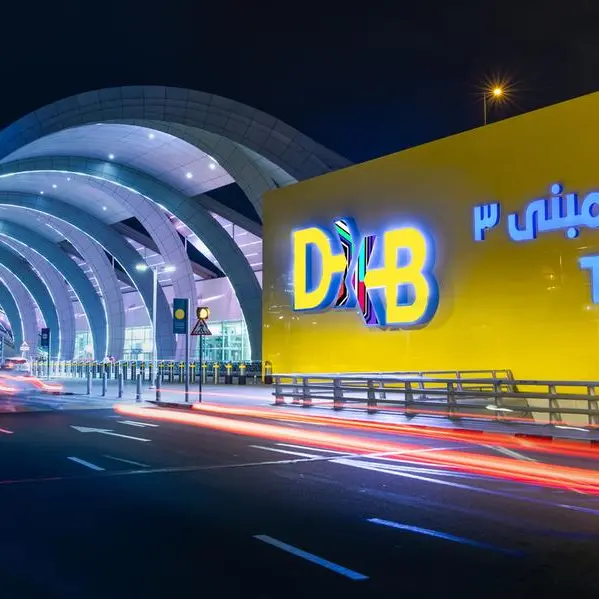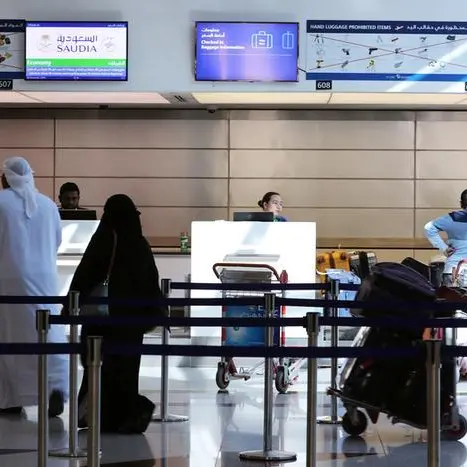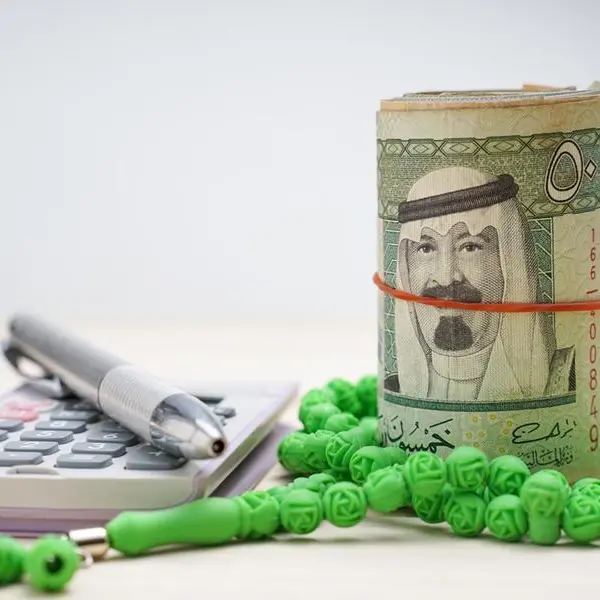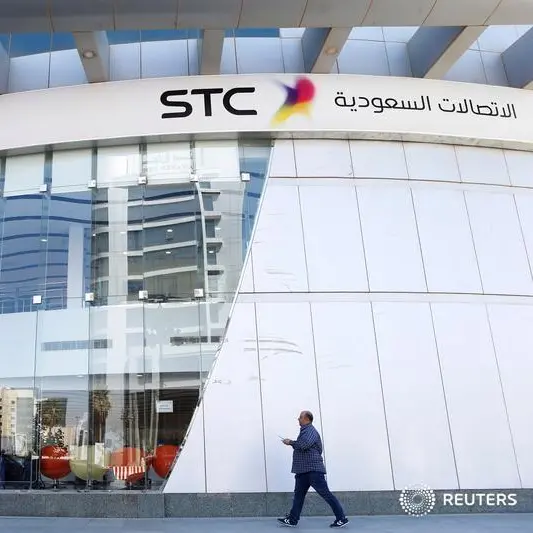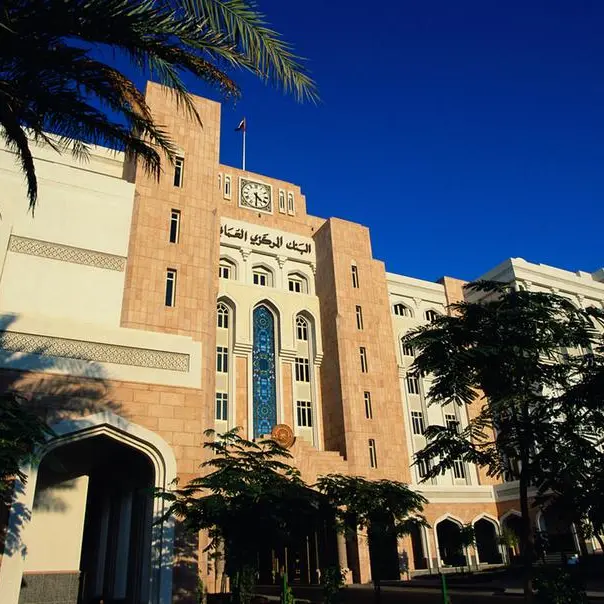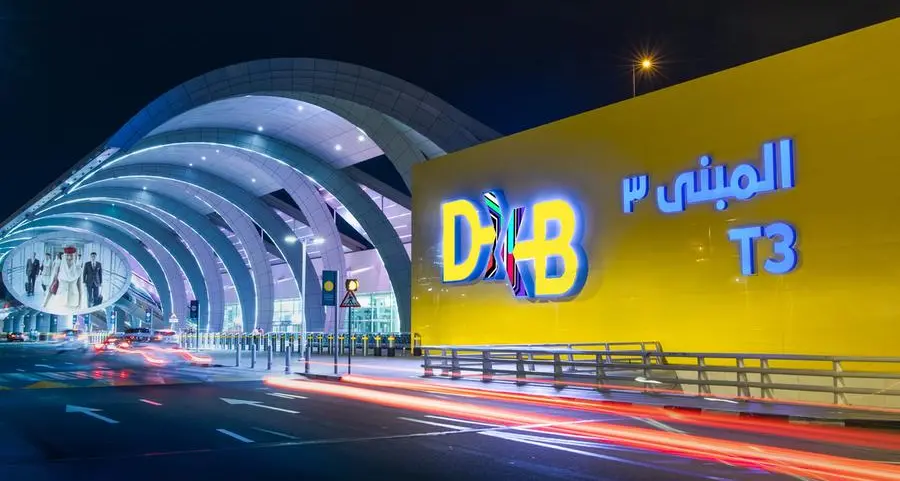PHOTO
Dubai's real estate sector outperformed many other economic sectors of the emirate last year, with 6 per cent growth in the transaction value reaching Dh285 billion in 2017, up from Dh268.7 billion recorded in 2016, according to the Dubai Land Department.
The value of sales of land, buildings and units in the Dubai real estate market totalled Dh114 billion through 49,000 transactions, while mortgages for the same three categories reached Dh138.5 billion through 15,700 transactions.
In terms of the number of transactions, Dubai Land Department recorded a 14 per cent growth in the number of land and property transactions to 69,000. This in a layman's term, means that the average value of transactions have become more affordable, reflecting a shift towards smaller units with more reasonable ticket prices.
Now, the question remains, what is an affordable home? What price threshold are we talking about?
Affordable home is a very relative term. For example, the price of an affordable home in Dubai is completely different from what it is in Ajman or Umm Al Quwain.
Generally, if a studio apartment is priced at below Dh400,000 - we could call it an affordable home. Fortunately, price of a studio apartment has come down to that level. An affordable 1-bedroom apartment is selling at Dh600,000 to Dh850,000 now depending on the location.
We have seen the price of a 2-bedroom townhouse starting from Dh1 million while the three-bedroom variant starts trading from Dh1.3 million. Affordable home prices also vary from location within the same city. For example, price of an apartment at Dubai South will be much lower than the one located at Business Bay.
For the last 15 years since the announcement of freehold properties in Dubai in 2002, developers have been building luxury properties in the emirate so much so, that there came a point of saturation in luxury properties. This was in sharp contrast to the development of affordable homes built in the city from the 1970s through to the 1990s - when residential apartments were targeted to house the middle income groups.
While we might believe that affordable homes are relatively new term, Dubai government built a number of affordable home clusters in Deira, Karama, Al Ghusais, Satwa and Abu Hail neighbourhoods that hosted families of public sector employees working for different sectors like Dubai Municipality, Dubai Health Authority, Dubai Police and other government departments as well as people working for the private sector companies. These homes helped families to live in the emirate with lower cost of housing. There were non-freehold and were built much prior to the unparalleled property boom that Dubai witnessed. Most of these properties are still in existence and continue to support the emirate's middle class families.
However, the freehold property boom in 2005-2008, shifted the game towards luxury properties - something that is now changing towards affordable homes, a clear sign of the maturity attained by the market.
The continuous development of luxury properties and the lack of deliveries of affordable homes had gradually pushed the demand for middle-income homes and pushed up the rents so much so that the middle income families started migrating to the neighbouring emirates to save themselves of higher rent-related inflationary pressure, resulting in a daily traffic congestion on all inter-state highways between Dubai and Sharjah.
This led to an imminent gap in Dubai's residential property market. After the recovery led by some immense planning, regulatory reforms and massive infrastructure expansion by the Dubai government, the industry realised the importance and opportunity in the affordable home segment. In order to make Dubai's real estate sector sustainable, developers need to continue exerting effort in delivering more affordable homes so that the backbone of the economy, the mid-income segment continues to call Dubai it's home.
The retention of the middle class and a possible reverse migration of the middle income families from neighbouring emirates will result in a very good multiplier effect on Dubai's economy. The retail activities and domestic consumption will grow manifolds from the spending of these families.
Such an equilibrium will also reduce traffic congestion between Dubai and neighbouring emirates and thus reduce gasoline consumption resulting in reduced carbon emission. Most importantly, this will help save at least 3-4 hours of time spent on traffic every working day and help a person utilise time in better productive cause and adding to the happiness index of the population.
However, this would require a massive affordable housing programme and that would require a strong public-private partnership. Government could look into subsidising land price for areas earmarked for affordable homes that could be passed on to the middle income families.
The success of any affordable home will largely depend on developers ability to bring down cost of acquiring property intelligently. It must be done through value engineering, exquisite planning and careful material selection and not by just reducing the size, deteriorating quality or cutting down on amenities.
As the market matures, we will continue to see a strong case and increase in demand for affordable homes in the emirate. It will continue to grow into one of the biggest opportunity in the real estate sector which promises to not just boost the real estate sector but drive overall economic growth.
The writer is partner and director of Danube Properties. Views expressed are his own and do not reflect the newspaper's policy.
Copyright © 2018 Khaleej Times. All Rights Reserved. Provided by SyndiGate Media Inc. (Syndigate.info).
